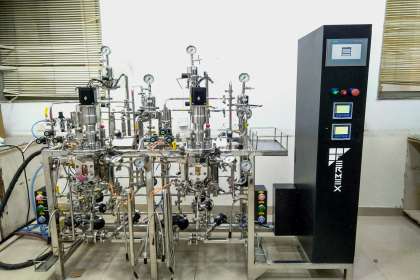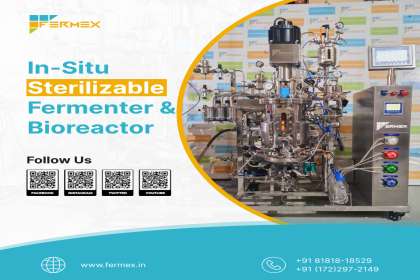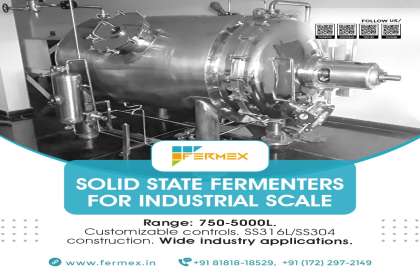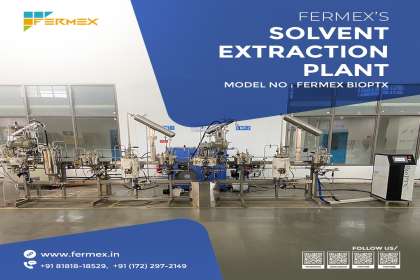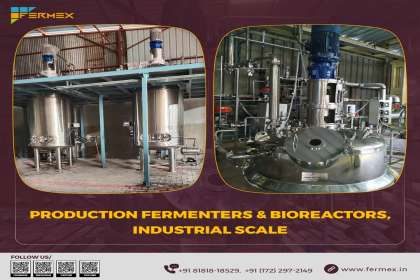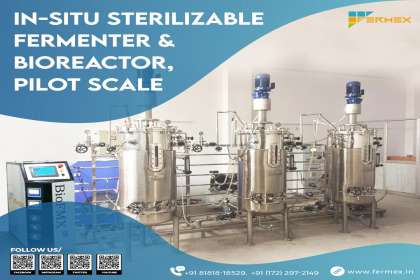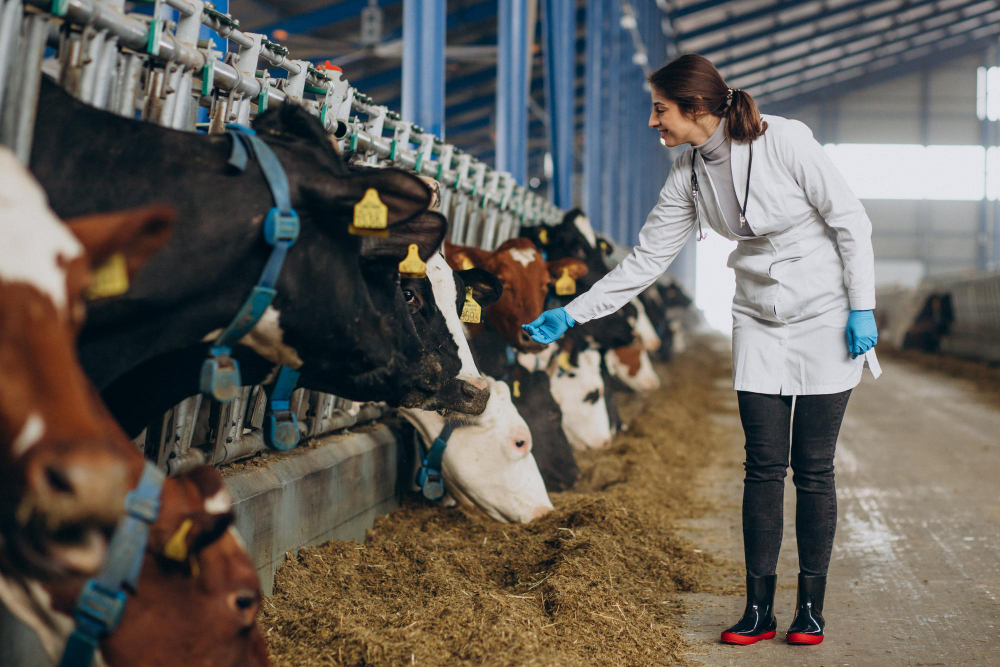
Introduction:
Behind every healthy and thriving livestock population lies the science and art of animal feed production. The quality of animal feed plays a pivotal role in ensuring the well-being, productivity, and sustainability of livestock farming. In this blog post, we delve into the fascinating world of animal feed production, its components, importance, and the innovations shaping the industry.
The Vital Role of Animal Feed:
Animal feed serves as the cornerstone of modern livestock farming, providing essential nutrients and energy required for growth, reproduction, and overall health. It’s not just about filling troughs; it’s about crafting balanced diets that optimize performance and minimize environmental impact.
Key Components of Animal Feed:
1. Energy Sources: Grains like corn, barley, and oats provide carbohydrates, while fats and oils deliver concentrated energy.
2. Protein Ingredients: Soybean meal, fishmeal, and legumes offer essential amino acids crucial for muscle development and overall health.
3. Vitamins and Minerals: These micronutrients, such as vitamin A, D, E, and calcium, are added to ensure proper metabolic functions.
4. Fiber Sources: Ingredients like alfalfa, hay, and beet pulp contribute to digestive health and maintain gut function.
5. Additives: Probiotics, prebiotics, enzymes, and growth promoters can enhance digestion, nutrient absorption, and overall animal performance.
Challenges in Animal Feed Production:
1. Sourcing Ingredients: Sourcing high-quality and sustainable ingredients while ensuring a consistent supply can be a challenge.
2. Nutrient Balancing: Formulating feeds that meet the specific nutritional needs of different species, ages, and production stages requires precision.
3. Contamination and Safety: Ensuring feed quality and safety is crucial to prevent disease outbreaks and maintain animal health.
4. Environmental Impact: The environmental footprint of feed production, such as land use and water consumption, needs to be minimized.
5. Cost Management: Balancing nutrient quality and cost-effectiveness while staying competitive is an ongoing concern.
Innovations Transforming Animal Feed:
1. Precision Nutrition: Advanced data analysis and technology help formulate customized diets tailored to individual animals’ needs.
2. Alternative Protein Sources: Insect-based proteins, single-cell proteins, and algae are being explored as sustainable alternatives protein to traditional protein sources.
3. Nutrigenomics: This emerging field studies how nutrients influence gene expression, leading to diets that optimize animal genetics for better performance.
4. Reducing Waste: Efforts are being made to utilize food and agricultural byproducts in animal feed, reducing waste and promoting circular economies.
5. Synthetic Amino Acids: Precise amino acid supplementation improves protein utilization and reduces nitrogen waste.
The Future of Animal Feed Production:
As global demand for animal products continues to rise, the evolution of feed production becomes even more critical. Sustainable practices, nutritional precision, and innovation will be the driving forces behind meeting these challenges. By ensuring that livestock are optimally fed, we not only safeguard their health but also contribute to a more sustainable and efficient agricultural ecosystem.
Conclusion:
Animal feed production is a complex and dynamic field that intersects agriculture, nutrition, and sustainability. It plays a vital role in raising healthy animals and providing a sustainable source of protein for a growing global population. By embracing advancements in technology, sustainable sourcing, and nutritional science, we can pave the way for a future where animal feed not only nourishes livestock but also supports a healthier planet.








